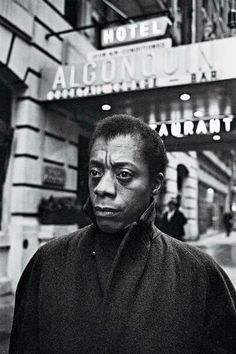Thus far in the semester we have somewhat successfully organized James Baldwin’s works into various categories: Baldwin’s writings on religion, race, sexuality, and so on. But, the final chapter of Going to Meet the Man challenges the ease with which we compartmentalize the authorship of Baldwin. In this chapter, Baldwin brings together the themes of Christianity, race, and sex in an intentional, but nonetheless grotesque, manner. At the hanging of a Black man in his town, the main character, Jesse, watches his mother’s face: “her eyes were very bright, her mouth was open: she was more beautiful than he had ever seen her, and more strange.” Jesse himself “began to feel a joy he had never felt before” as “his scrotum tightened” (949). These sentences, blatantly sexual in nature, evoke something akin to a religious experience caused at the sight of a nearly-ineffable violent murder. Later, as Jesse reminisces on this moment as an adult, “he thought of the knife and grabbed himself and stroked himself and a terrible sound, something between a high laugh and a howl, came out of him” (950). Years later, Jesse’s sexuality is still connected to this violent memory. These two sections in the text are examples of the link between the themes of religion, racism, and sex that Baldwin explores and considers explicitly and thoroughly in conversation with one another for the first time in this piece.
With that being said, for me, the last chapter of Going to Meet the Man felt peculiarly reminiscent of the disturbing language and graphic imagery of Richard Wright’s Native Son that Baldwin was rather quick to dismiss as a mere protest piece. However, Baldwin’s writing reads as a kind of racial inversion of Wright’s novel. In the chapter “Going to Meet the Man,” it is the White men who experience sexual pleasure at the sight and thought of the castration, beating, and lynching of a Black man, unlike the deeply violent Bigger who masturbates to clips of White girls frolicking on the beach and later assaults and kills Mary Dalton as she lies incapacitated in her bed. Perhaps, though, the focus is not so much who committed and enjoyed these horrific acts but rather the fact that violence, sexual pleasure, and religion are inextricably linked in American culture. In his return to the states and subsequent close following of the civil rights movement, it is likely that Baldwin could no longer escape this uniquely interconnected reality. I wonder if we could argue that Wright had a similar point in mind.
